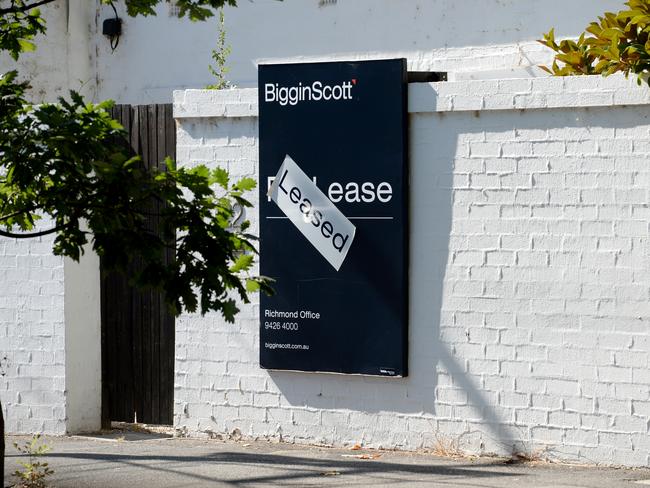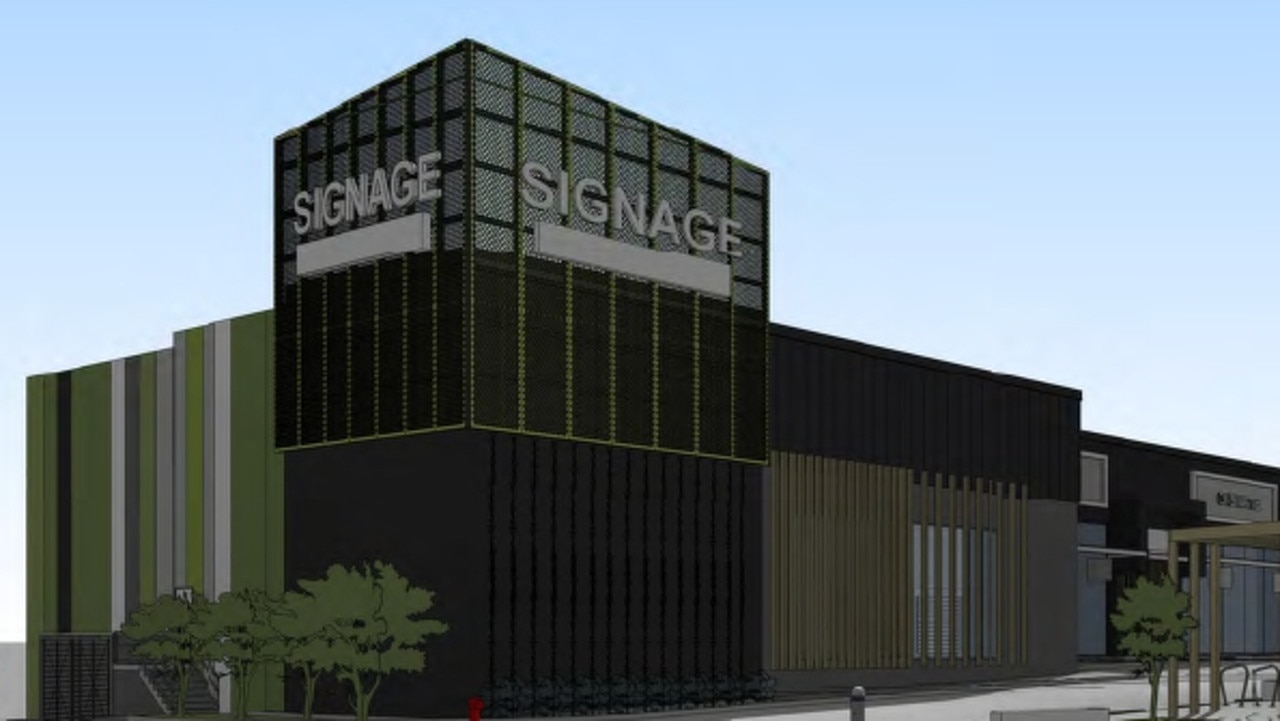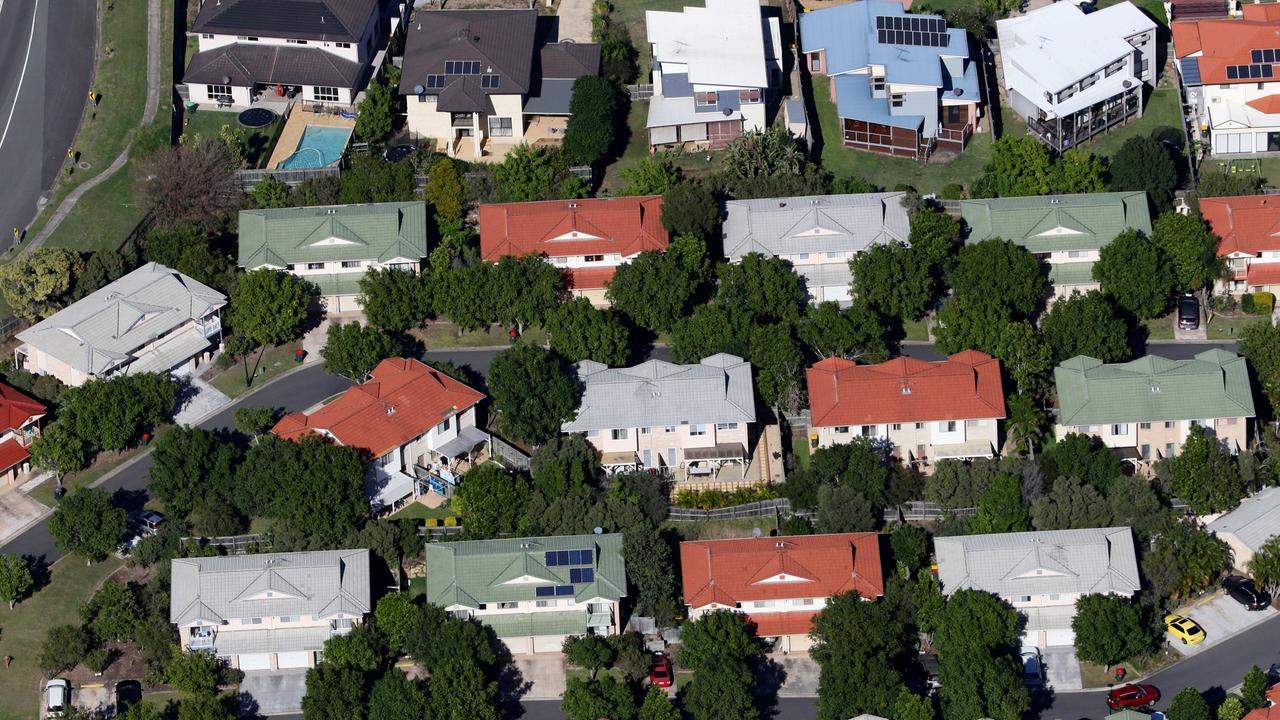Why falling inflation isn’t good news for renters
Inflation is finally easing but it’s unlikely to ease our rental crisis.
Property
Don't miss out on the headlines from Property. Followed categories will be added to My News.
This week, data from the Australian Bureau of Statistics (ABS) confirmed that inflationary pressures continued to ease in Australia over the June quarter.
The latest inflation data showed a 0.8 per cent increase over the June 2023 quarter, which saw the annual rate of inflation slow from 7 per cent in March to 6 per cent in June.
The Reserve Bank’s (RBA) preferred measure of underlying inflation was even softer at 5.9 per cent over the year. This was down from an annual rate of 6.6 per cent the previous quarter.
This also meant that annual headline and underlying inflation in June 2023 was below the most recent RBA forecasts – seemingly reducing the likelihood of an interest-rate increase from the RBA next week.

RELATED: Cheap, easy ways to spruce up a drab rental
Despite moderating this month, inflation remains too high, given that the RBA seeks to keep inflation between 2 per cent to 3 per cent. However the data is showing a slowing of inflation.
The deceleration of inflationary pressures is not unique to Australia, as it is being replicated in many major economies globally.
Looking at some of the major economies around the world, the rate of annual inflation is now slowing. Across the US, Europe, UK and Canada, inflation is lower than it was a year ago.
Although the rate of inflation is slowing, inflation is still increasing. As such, costs are continuing to rise, they are just doing so at a slower pace.
The international experience is that goods inflation is slowing, while services inflation is proving more resilient. This is also true for Australia. Even so, quarterly growth in services inflation has slowed over each of the past two quarters and just recorded its smallest quarterly increase since June 2022.

Inflation data in Australia is split into 11 subgroups, of which housing has the greatest weight (22.24 per cent). After that, it is split into numerous smaller expenditure classes, with two housing expenditure classes – new dwelling purchase by owner-occupiers (8.62 per cent) and rents (5.75 per cent) which hold the largest weightings of any expenditure classes.
The housing subgroup recorded a slowing of annual inflation to 8.1 per cent, well above headline inflation. However, this fell from 9.8 per cent the previous quarter, posting its smallest annual increase since March 2022.
While housing inflation is slowing, the rental expenditure class recorded inflation of 2.5 per cent over the June 2023 quarter, and 6.7 per cent over the 12 months to June 2023. The quarterly increase in inflation was the largest since September 1998, and the annual increase was the largest since June 2009.
Throughout the pandemic, advertised rental prices surged.
Now, the Consumer Price Index (CPI) rents – which encompass all rents not just new ones like advertised rents – are catching up.
It’s the strongest increase in many years.
Unfortunately for renters, it is expected that costs will continue to climb with stock levels and vacancy rates historically low, demand well above pre-pandemic levels and properties leasing quickly.
Although overall inflationary pressures are easing, it seems that renters are likely to face further price escalations for some time yet.
* Cameron Kusher is the Executive Manager of Economic Research at REA Group




